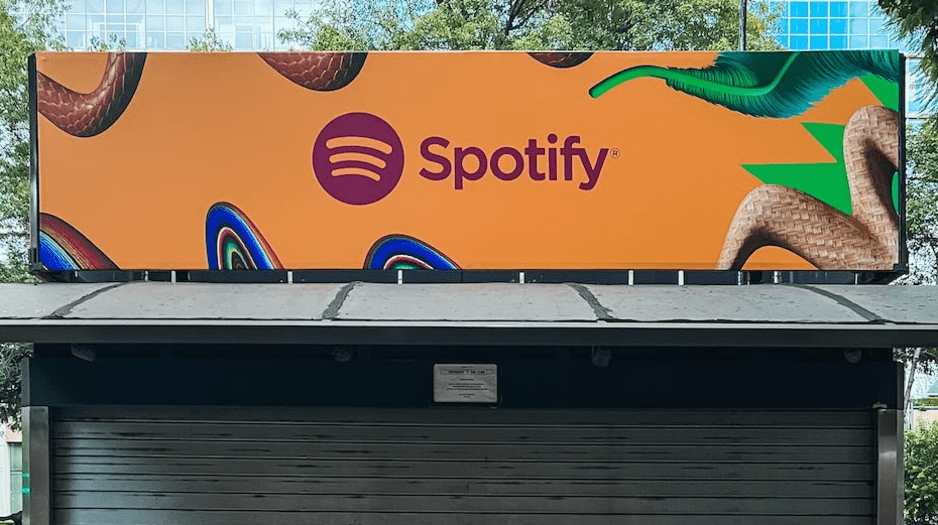
Exploring the Spotify Model: A Guide to Agile Development at Scale
In the dynamic world of software development, organisations are continually seeking methods that foster innovation, facilitate scalability, and enhance speed. Enter the Spotify Model, a unique approach to Agile Development that has proven successful in the tech industry, with Spotify as its flagship case. This blog post will delve into the Spotify Model, explaining its key components with examples to elucidate how it works.
Squads: The Core of the Spotify Model
At the heart of the Spotify Model lie the Squads. Each squad is a small, autonomous, cross-functional team, typically comprising of no more than eight people. These squads take full ownership of a specific area or product.
Example: A squad could be tasked with improving Spotify’s playlist recommendations. This squad would set its own targets, choose the most effective methodology, and take full responsibility for achieving its goals.
Tribes: Squads Band Together
Several squads working in related areas are grouped into larger units called Tribes. Tribes ensure coherence and coordination among different squads, driving them towards a larger common goal.
Example: All squads working on Spotify’s music recommendation system (like playlist, radio, and daily mix recommendations) might be grouped into a single tribe, ensuring the various parts of the recommendation system work seamlessly together.

Chapters: Specialised Mentorship and Consistency
In addition to the squad and tribe structure, Spotify uses Chapters as a line management structure. Each chapter groups individuals with the same skills or roles across different squads. This allows for shared knowledge and consistency in practices.
Example: All the Data Scientists within a tribe, despite being in different squads, would form a chapter. This ensures that best practices in data science are consistently applied across units.
Guilds: A Community of Interest
Guilds are informal, interest-based groups that allow individuals across squads, tribes, and chapters to discuss topics of common interest, fostering a culture of continuous learning.
Example: A guild may be created for Machine Learning enthusiasts across Spotify, even if they’re working in entirely unrelated squads or tribes. This gives them a platform to share new ideas or discoveries in the field of machine learning.

Product Owners and Agile Coaches: Leading the Way
Each squad has a Product Owner and an Agile Coach. The Product Owner manages the task backlog and coordinates with stakeholders, while the Agile Coach facilitates the agile process within squads.
Example: In a squad working on improving the search functionality, the Product Owner might liaise with user research to understand user needs and prioritise tasks accordingly. The Agile Coach would ensure that the squad maintains its focus on agility and continuous delivery.
Final Thoughts
The Spotify Model offers an innovative approach to managing work in large tech organisations. Its emphasis on autonomy, alignment, and agile principles has been a game-changer for many companies. However, it’s not a one-size-fits-all framework but a set of guiding principles that organisations can adapt and evolve according to their needs.
By understanding and adapting the principles of the Spotify Model, organisations can harness its power to foster innovation, facilitate scalability, and improve speed.


